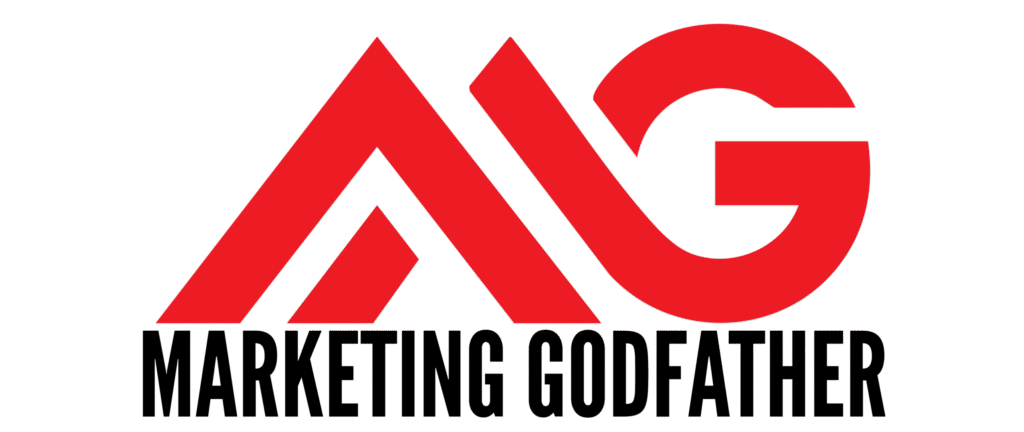Want to boost your website’s visibility and climb higher on Google’s results? Onsite SEO Service Tips hold the key to unlocking better rankings. These strategies fine-tune every element within your website from meta tags to page speed helping search engines understand, rank, and trust your content. In this guide, you’ll discover ten proven Onsite SEO Service Tips that can dramatically improve your Site’s ranking, visibility, and overall user experience.
1. Optimize Title Tags and Meta Descriptions
Your title tag and meta description are the first things users and search engines notice. A well-optimised title tag should be short (under 60 characters), include your primary keyword, and clearly reflect what the page offers. The meta description, on the other hand, is your ad copy within Google’s results. Keep it around 150–155 characters, summarise the content naturally, and include a call to action or value promise something.
2. Focus on Header Tag Structure (H1, H2, H3)
Start with a single H1 that defines the page’s main topic. This is your primary heading; it should include your main keyword and clearly tell users what the page is about. Then use H2 tags to break your content into major sections, each focusing on a subtopic or related keyword. Within those, use H3 tags for supporting points or detailed explanations.
3. Improve Website Loading Speed
In today’s fast-paced digital world, speed is a ranking signal, and even a one-second delay can cost you both visitors and conversions. When your website loads quickly, it doesn’t just make users happy; it also sends a strong positive signal to Google’s Core Web Vitals, directly influencing your SEO performance.
4. Use SEO-Friendly URL Structures
A clean, keyword-rich URL does more than look professional; it helps both users and search engines understand what your page is about instantly. SEO-friendly URLs improve crawlability, click-through rates, and overall ranking potential by clearly communicating a page’s topic.
5. Optimize Images with Alt Text and Compression
Images play a huge role in engaging visitors, but if not optimised properly, they can slow down your website and hurt SEO performance. Search engines can’t “see” images; they rely on alt text to understand what each image represents. That’s why optimising images with descriptive text and compression is a vital on-site SEO step.
6. Create High-Quality, Keyword-Optimized Content
Using high-quality content bridges the gap between user intent and SEO performance. When your writing feels authentic, useful, and well-optimised, both readers and algorithms take notice, and your rankings climb naturally. Place your primary keyword in the title, first paragraph, and at least one subheading. Then sprinkle semantic variations (LSI keywords) throughout the content to improve topical depth and search relevance.
7. Implement Internal Linking Strategically
Internal linking is like building roads within your website; it helps both users and search engines navigate smoothly. When used strategically, it improves crawl efficiency, strengthens page authority, and guides visitors to relevant content that keeps them engaged longer. Start by identifying high-authority pages on your Site that already rank well or attract good traffic.
8. Enhance Mobile-Friendliness and Responsive Design
Mobile-friendliness is no longer optional; it’s a core onsite SEO factor. Google’s mobile-first indexing means the search engine primarily uses your site’s mobile version to determine rankings, making responsive design a must-have for success. When visitors enjoy seamless browsing on their phones, Google rewards your Site with better visibility and higher search rankings.
9. Optimize for User Experience (UX) and Dwell Time
Search engines have become smarter; they no longer rank pages just for having the right keywords, but for how users interact with those pages. A great user experience (UX) leads to dwell time, lower bounce rates, and higher engagement, all powerful signals that tell Google your content is valuable. When users find your website enjoyable, helpful, and effortless to explore, they stay longer, and that sends Google one clear message: your content deserves to rank higher.
10. Regularly Audit and Update Onsite Elements
Search algorithms evolve, competitors update their strategies, and user expectations change, which means your website can’t stay static. Regular onsite SEO audits are essential to ensure your Site continues performing at its best. These audits help uncover technical issues, content gaps, and optimisation opportunities that directly affect rankings.
Top 10 Digital Marketing Agencies
| Digital Marketing Agency | Services |
| Cynextgen | Website Design, SEO, Social Media Marketing, Performance Marketing |
| iProspect India | Search Marketing, Performance Marketing, Analytics, Paid Media |
| WATConsult | Digital Strategy, Influencer Marketing, Social Media Management |
| Pinstorm | SEO, PPC, Social Media Optimization, Digital Branding |
| Mirum India | Web Development, SEO, CRM Solutions, Marketing Automation |
| Foxymoron | Creative Campaigns, Video Marketing, Influencer Collaborations |
| BC Web Wise | Web Design, SEO, Online Advertising, Content Creation |
| Gozoop | Brand Strategy, ORM, Performance Marketing, Social Media |
| Social Beat | 360° Digital Marketing, E-commerce Growth, SEO, Performance Ads |
| Ethinos | Search Engine Marketing, Social Media, Email Marketing, Analytics |
Conclusion: Onsite SEO Is the Foundation of Long-Term Success
On-site SEO isn’t a one-time setup; it’s an ongoing process that shapes how your website grows and performs over time. Every optimisation you make, from improving page speed to refining meta tags, adds up to a stronger digital presence and higher organic rankings. In the long run, a well-optimised website becomes more than just search-friendly; it becomes conversion-ready, offering a seamless experience that keeps visitors coming back. And that’s what true SEO success looks like: sustainable, measurable, and built to last.

